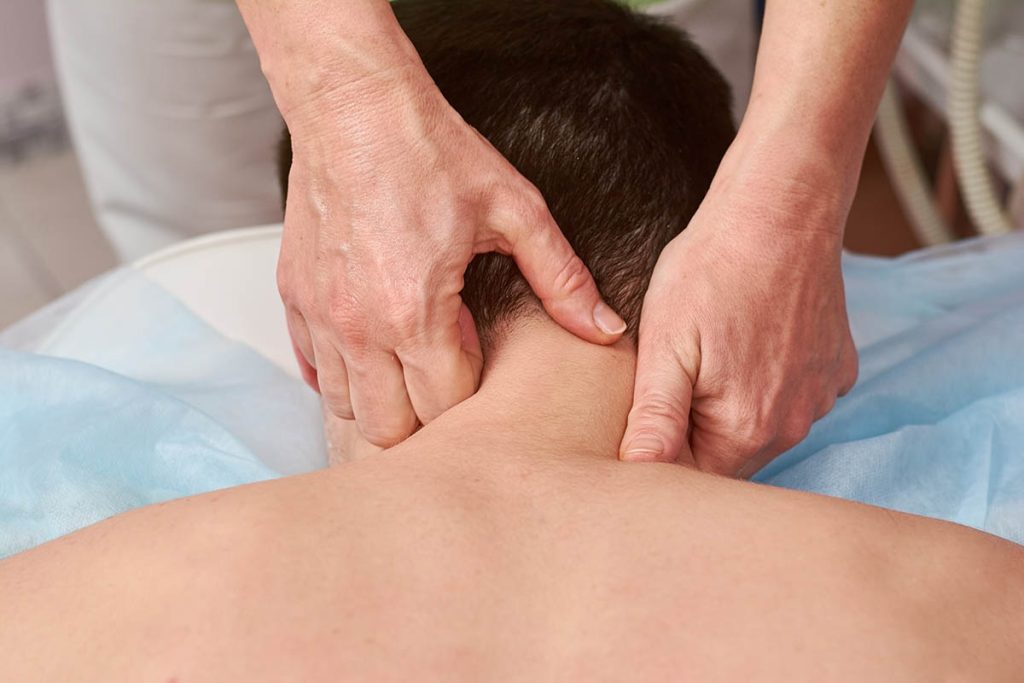Anybody that’s ever been around athletes or fitness junkies would have probably heard the term “No pain, no gain”.
This statement is partly true, but how true? When it comes to exercise, what is the difference between good and bad pain? Let BodyViva explain…
Resistance training and cardiovascular activities cause stress to the body. As a result of these stresses, our body adapts and repairs itself to be stronger, faster or both. By physically exerting ourselves, we increase our performance capabilities. However, this performance increase comes with some pain, begging the question, how exactly do we know what is ‘good pain’ or something more serious, such as an injury?
So what is good pain?

If you’ve ever done anything that’s physically taxing, you probably would have experienced the burning feeling during the activity. For those who are familiar with lifting weights, the feeling during the performance of physical activity is also called ‘the pump’. In cardiovascular activities, this burning sensation is caused by the build-up of lactic acid, which is a natural byproduct when glucose is broken down because of exercise.
The other type of ‘good pain’ is often referred to as ‘DOMS’. Delayed onset of muscle soreness is often a generalised aching feeling which typically begins the day after the exercise and you can expect it to peak on Day 2 of recovery. DOMS is often thought of as a way for various athletes to gauge whether they are working hard enough. The occurrence of DOMS seems to reduce as your body becomes more accustomed to an exercise routine. This pain will typically resolve within 1-3 days and although you might feel sore, there is generally no problem with performing normal duties.
When not to ignore the pain

As stated earlier, there are instances where you can (and should) expect pain from exercise, but there are times when you should be cautious if you feel specific and acute pain while you work out, or if it continues after the workout is finished. Serious injuries such as muscle tears, tendon overuse injuries, or impinged nerves could be the reason for this pain, and medical attention should be sought so as not to aggravate or worsen the situation.
We recommend you visit a physio near you if you have any of the following symptoms:
- Any specific pain that limits range of motion or prevents you from performing normal duties that you otherwise wouldn’t experience pain doing
- Any pain in an area that you’ve previously injured or had surgery performed on
- Pain associated with swelling or any deformity that has occurred after the activity
- Little to no relief from pain even after several days of rest
- Pain that is worsening in severity after 2-3 days of rest
- Pain that causes nausea or other feelings such as fevers and chills
Correct technique while exercising to limit pain
Most of the time, if a certain exercise keeps causing recurring injury or pain, it is due to incorrect technique while performing the activity. If these errors are caught early enough in your training career, they can be easily re-trained so that chronic problems are avoided.
At BodyViva, we specialise in performing postural assessments and our physical therapists are experts in their fields. Our qualified physiotherapists and chiropractors are able to ensure your technique is correct and that the good type of pain is the only pain you feel while you exercise!

















